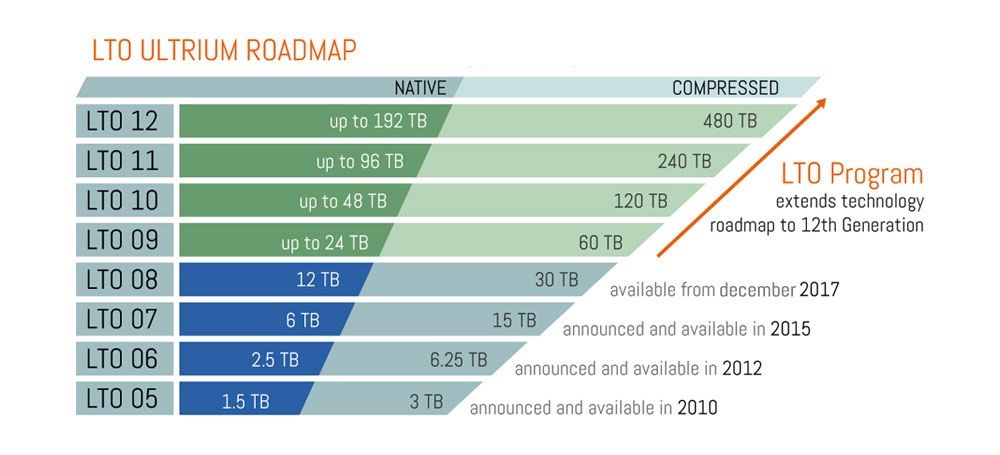Why won’t you die already …
No, not you … I meant magnetic or LTO Tape. Stop being so sensitive.
Around the office, we’ve been talking about how and when we’ll get rid of tape backups, well, for almost as long as I have been working at vBridge. However, the conversation has been really focused this year, because apparently tape is dead now. Yet, it seems like I didn’t get the memo, because you can see me ferrying wheelbarrow loads of tapes back and forth from the data centre every week. And, as of writing, these numbers may increase for us … meaning, I will need a bigger wheelbarrow.
So, what exactly is really going on with LTO (Linear Tape-Open) tape and tape backups in general. With a quick google, I can find articles dating back to 2005, talking about the demise of tape, yet here we are 15 years on, still widely used, and for now, still the most widely used archive medium.
To understand why tape is still around; according to the World Economic Forum the world’s current collective amount of data is approximately 40 zettabytes and that number is projected to reach 175 zettabytes in 2025. Quite a lot of data then, and data today has value, and is often referred to as “the currency of the digital economy.” Because of this, it’s very important that organizations have strategy in place for data backups, disaster recovery, and archiving. This is where tape comes in, its advantages being; it’s an open standard, tape lifespan is better than disk and the error rate is better also, and of course most importantly, capacity and cost make it attractive.
LTO-8 is the current generation available to us, and it stores up to 12 TB of data per cartridge natively and 30 TB compressed (2.5 to 1 compression ratio). Data transfer rates are 360 MB/s natively and 750 MB/s compressed. In addition, HDD densities are approximately 1 TB per square inch, but LTO8 tape density is only 9GB, over one hundred times less, so there is a lot of density growth potential to come, using HDD magnetic technology.

While LTO8 is pretty awesome now, The LTO Consortium has mapped out four more generations up to LTO12, with the objective of reaching storage capacities over 150TB per tape native and 480 TB per tape compressed on a single cartridge. Towards the end of June this year, Fujifilm announced that it can probably build a 400TB tape cartridge using Strontium Ferrite (SrFe) media. This is 33 times larger than the current LTO8 cartridge!
https://blocksandfiles.com/2020/06/29/fujifilm-400tb-magnetic-tape-cartridge-future/
In addition to hard disk, magnetic tape still plays an important role in data and server archiving, and LTO tape is the market leader for magnetic tape. Sales of magnetic tape were projected to increase in 2020 after an apparent slow-down in 2019. In the last half of 2019, LTO8 tape became more widely available again, once hpe and Fujitsu resolved their legal spat and this has helped with growth in 2020.
https://www.theregister.com/2019/05/31/lto_patent_case_hits_lto8_supply/
So, in summary magnetic storage, including HDDs and magnetic tape are now, and will likely remain, the least expensive digital storage technology for some time yet. Magnetic storage will continue to grow, as we deal with the rapid onslaught of data generated by big data, IoT, AI and 5G generating applications.
So, tape … it’s not quite dead yet. Although we, at vBridge, have started to invest some time and effort into other technologies, such as object storage and scale-out repositories. So, watch this space.
